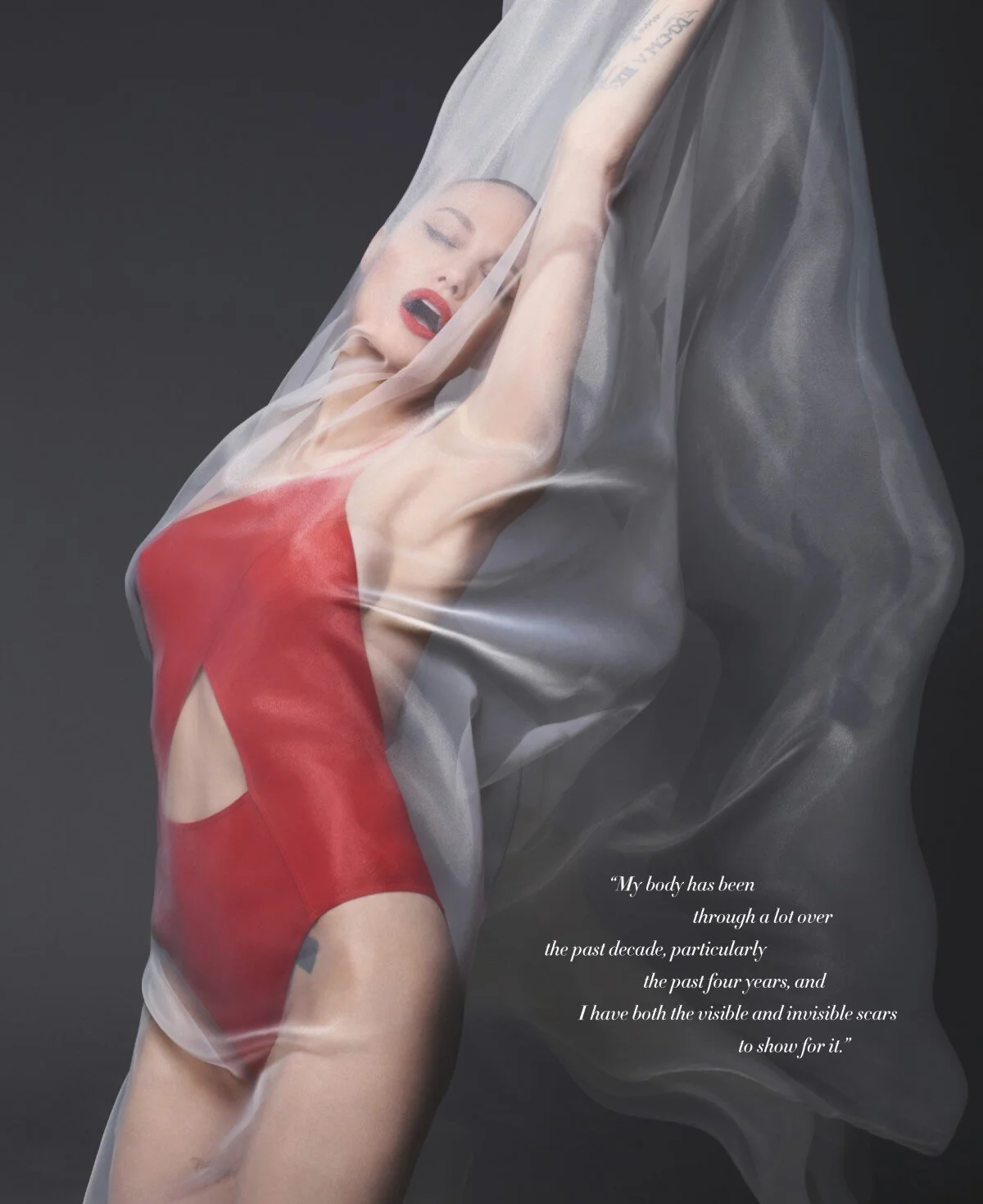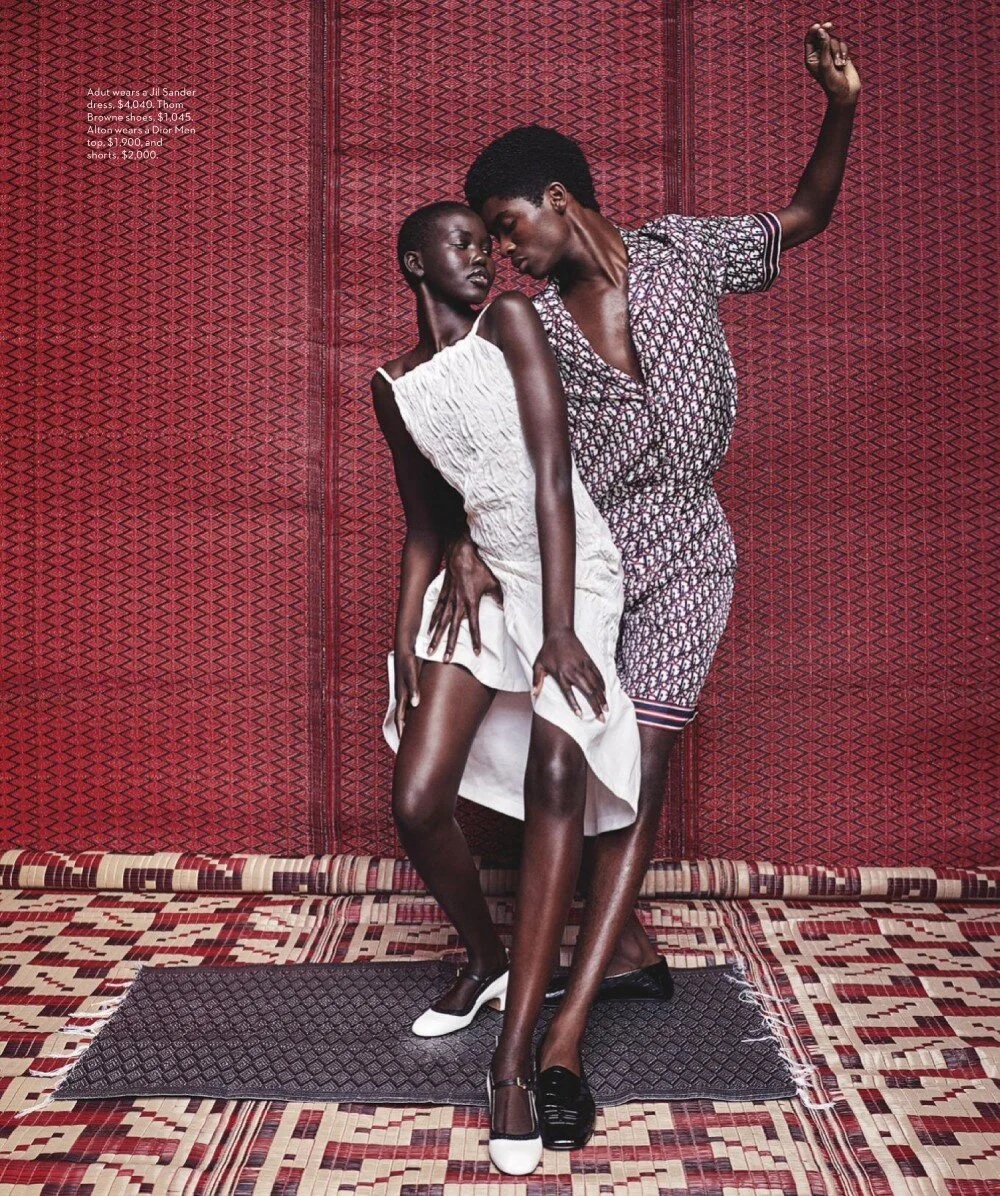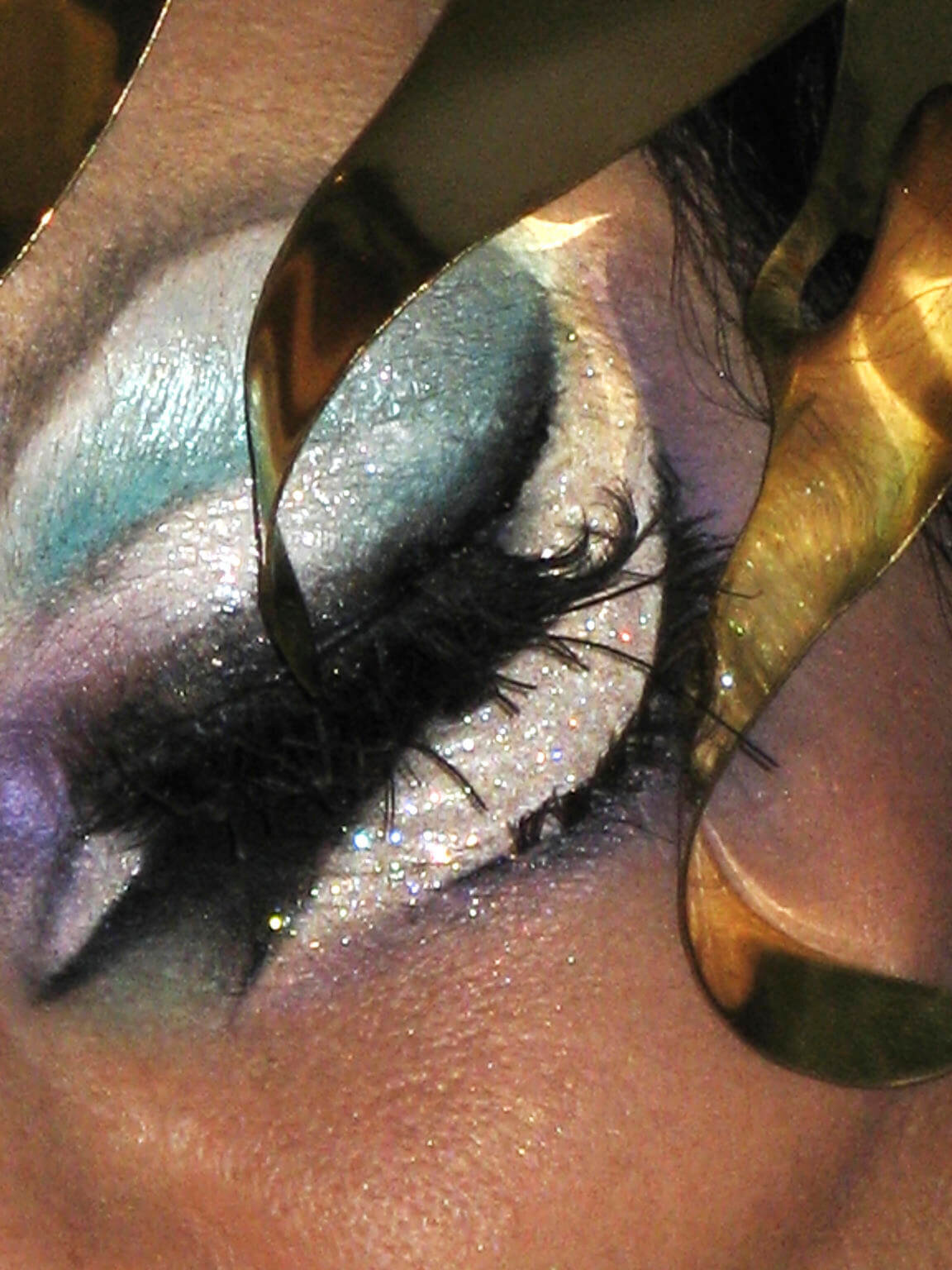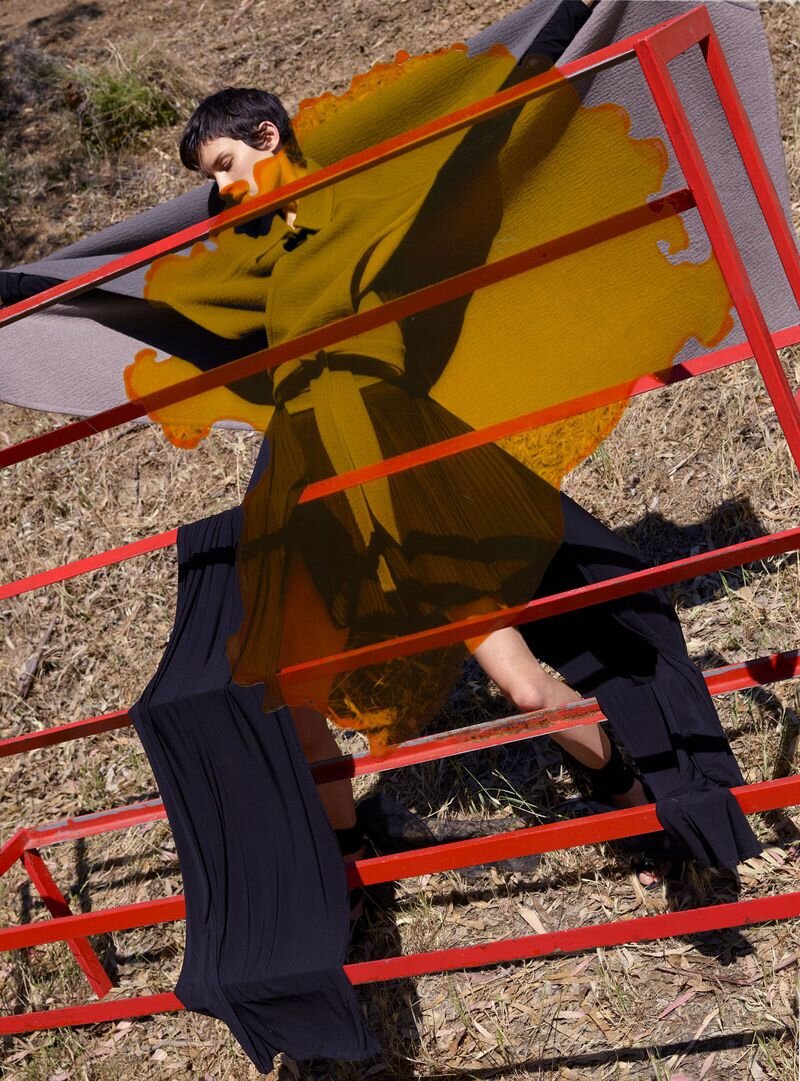Is Forniphilia Essentially Women's Sex Slave Work?
/Earlier this year, Pop magazine honored British artist, Allen Jones with a story on Wearable Art, starring Devon Aoki as model, shot by Seng & Seng, and styled by Tamara Rothstein.
Anne’s mind works in strange ways. When reading Wired.com’s post “The Windup Girl”, she couldn’t help asking: Do Japanese Men Dream of Dead Dolphins & Sex Slaves?
Noting that Emiko, the windup girl, is a “genetically modified sex slave programmed by Japanese gene rippers to serve and obey,” Anne couldn’t help reflecting on the story that refuses to die: Forniphilia | Women As Doormats and Other Art Furniture.
Emiko is more like a sex robot or one of those pillow dolls — or pillow cases — that Asian men ended up marrying. (See Jerusalem-Vatican-UN-Seoul | Giant Male Farce)
Reality is that some women — more so than men — enjoy behaving existing as pieces of furniture. Any version of doormat furniture will do. Bottom line, they are women or illusions of women — meant to be seen and not heard.

There’s no doubt that forniphilia is an ultimate act of submission. It’s an act of extreme bondage in which the subject is tightly bound and expected to stay immobile for an indefinite period of time. Often the submissive is in danger of being smothered or in the case of Alva Bernadine’s “The Philosopher Illumined by Candlelight”, having her vagina set on fire.
Note that Bernadine says he was inspired to create a work many have called misogynist, based on a late night BBC Radio 4 programme called “Sex in the Head”.
 Allen Jones sculptureAllen Jones swears he’s not a misogynist himself and his art is only a representation of women’s real psychological oppression — or some words of that ilk. Interviewed by The Telegraph UK, Jones talks about his femme furniture and how it became his trademark, even though he’s produced an extensive body of work.
Allen Jones sculptureAllen Jones swears he’s not a misogynist himself and his art is only a representation of women’s real psychological oppression — or some words of that ilk. Interviewed by The Telegraph UK, Jones talks about his femme furniture and how it became his trademark, even though he’s produced an extensive body of work.
“Artists,” Jones says, “don’t live in a vacuum any more than politicians or writers or anybody else.” When he made those sculptures, he was responding to a strand in Sixties culture and fashion. The specialist firm that made the leather costumes for Jones’s sculptures also made the costumes Diana Rigg wore in the TV series The Avengers.
“I was living in Chelsea and I had an interest in the female figure and the sexual charge that comes from it. Every Saturday on the King’s Road you went out and skirts were shorter, the body was being displayed in some new way. And you knew that the following week somebody would up the ante.”
In retrospect, Jones feels, “I was reflecting on and commenting on exactly the same situation that was the source of the feminist movement. It was unfortunate for me that I produced the perfect image for them to show how women were being objectified.” via The Telegraph
Simply stated, feminists went crazy and weren’t at all amused by the Jones sculptures. Smoke bombs and stink bombs were thrown at Allen Jones’ art in 1978. The artists confesses even today that he was surprised by the reaction.
 Allen Jones table in home of Alexander McQueen, W-Magazine June 2008
Allen Jones table in home of Alexander McQueen, W-Magazine June 2008
Perhaps uppiity women do over-react, failing to see the beauty, wit or meaning in the Allen Jones table photographed in the home of Alexander Mc Queen. Imagine looking at your design muse on her knees all day.

The entire design community appreciated the photography of David Blaszquez, who showed his black and white photographs of men making forniphilia last year in Spain.
Even The Frisky, hardly a bastion of cutting-edge thinking, got into the act with a presentation of the forniphilia trend.
We’re interested in forniphilia as an extension of 1930s surrealism, exemplified in Hans Bellmer’s photo “The Doll”. “Scorn for Women” is a key plank of “The Futurist Manifesto”, a document that eventually paved the way for the artistic movements of Surrealism and Dadaism.
 Hans Bellmer “The Doll” at the Metropolitan Museum of ArtWithout going all womanly-political on readers, we believe that to date there’s a dearth of men who practice or are pictured in acts of forniphilia. When they are, as in the photography of David Blaszquez, men aren’t bound, gagged and expected to exist in sub-human positions for hours.
Hans Bellmer “The Doll” at the Metropolitan Museum of ArtWithout going all womanly-political on readers, we believe that to date there’s a dearth of men who practice or are pictured in acts of forniphilia. When they are, as in the photography of David Blaszquez, men aren’t bound, gagged and expected to exist in sub-human positions for hours.
The permanent doormat is essentially women’s role, one that she embraces. On a light note, take a look at fantastic whimsical forniphilia-inspired furniture by Daniel Loves Objects over in Style Briefs.
More reading:






















































